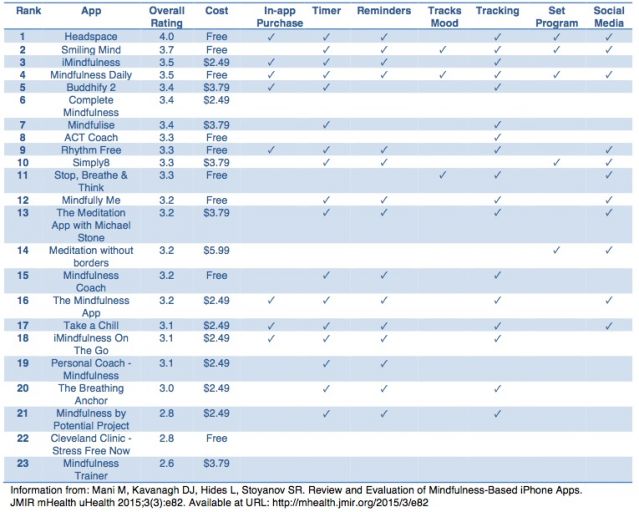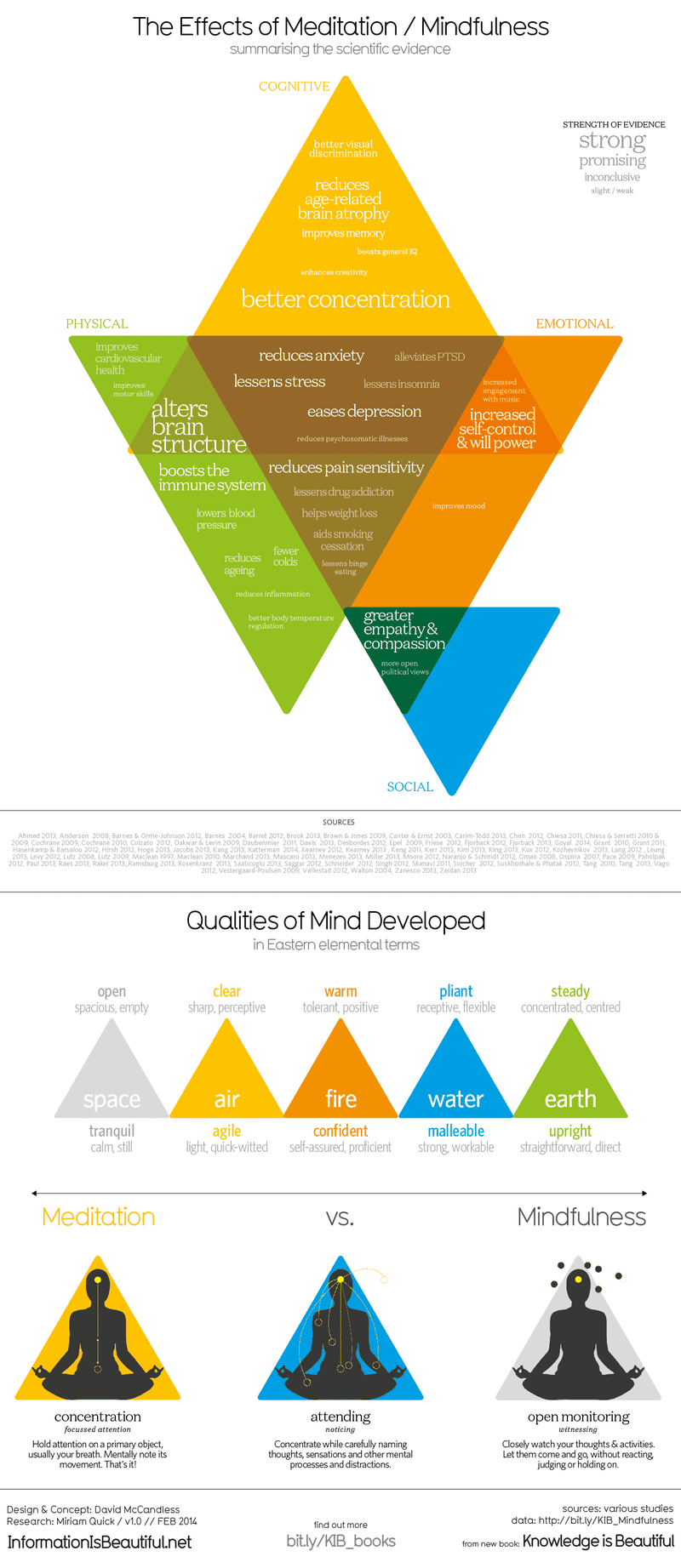Angela Lee Duckworth has released her long awaited book that follows up from her stunnng Ted Talk:
Angela has spent all of her academic career investigating what she believes is one of the defining characteristic of successful people.
The book opens with the drop outs of westpoint, which she spoke on her Ted talk. She expands on her research there and follows up with Spelling Bees. While familiar grounds, she goes in much deeper with a meander through human achievement research with the likes of Galton, Ericsson, Csikszentmihalyi, Willingham, Cox, and several others. Her pulling together, in one volume, proves the most useful part of the book. While her own anecdotes provide some insight, but lack weight. Her own research is only in its infancy. So the details she provides gives useful backdrop for the coversation, except the conversation is one sided. She really does not address can one have too much grit? The answer is Yes!
Having just completed the book, I have aimed to pull together the best strategies for building your grit (not all of which Angela discusses):
On Angela’s website she is asked about parenting and teaching for Grit and replies:
The entire book is about teaching grit. Before I became a psychologist, I was a classroom teacher. It was as a teacher that I discovered how important psychology was to a child’s achievement. It’s not an exaggeration to say that every chapter in this book has special relevance to teachers. Chapters Two and Three might be especially useful when explaining the importance of effort (versus talent) to students. Chapters Six, Seven, Eight, and Nine on interest, practice, purpose, and hope are where I define the four psychological assets that lead to grit. In Chapter Nine, I talk about parenting for grit—but the same dynamics play out in the classroom. In Chapter Ten, I explain why Harvard and other colleges are eager to see students cultivate their grit in extracurricular activities. Finally, a teacher who wants the classroom culture to support grit will find Chapter Twelve full of examples of how to do that.
That is one significant problem with the book. Her research reveals little about how to cultivate grit in real, normal circumstances. Million dollar organizations like West Point and Seahawks are not the real world. Paul Tough did a far better job outlining and illustrating a plan in How Children Succeed.
Ethan Ris takes her task in an important Op-Ed for the Washington Post:
There’s more to the story, however. In a recent peer-reviewed article in the Journal of Educational Controversy, I examined the history of the discourse surrounding this special trait. It far predates Duckworth’s research, of course. My investigation led me to two conclusions. The first is that the widespread assumption that grit is a salient concept for low-income students is a stark misconception. The second is that while grit theory offers little of value to those disadvantaged students, it can certainly harm them, by romanticizing hardship.
Still, this is an important book. Already number 13 on Amazon (Behind Dr Seuss, a Deit cookbook, a pre-teen story about Greek Gods, Harry Potter, Alexander Hamilton, Bill Clinton, and two adult colouring books–so clearly not as important as all those escapes from our Gritty world, but still important), this book will be a big seller this year.


 Click to play, right-click to download
Click to play, right-click to download

 Total time: 8:45 –More from the
Total time: 8:45 –More from the 
